TFGA
TensorFlow-based framework for Geometric AlgebraAbout me
Robin Kahlow
- Machine-Learning and Software Engineer with Cambrian working on Home Visualization
- Areas: Machine Learning, Augmented Reality, Computer Vision
 FLOORVANA+ (Shaw Floors)
FLOORVANA+ (Shaw Floors)

Masked plane finder

- Task: Find masked planes in image
- Solution: Use neural networks that takes image and outputs masked planes
-
Problems
- How to parameterize planes in neural networks?
- What is a good neural network architecture for geometric problems?
- Possible answer: Geometric Algebra
Structure
- TensorFlow
- Neural Networks
- Geometric Algebra
- Geometric Algebra in TensorFlow
- Geometric Algebra Neural Networks
-
Applications
- LieNet
- Joint Transform Estimation
- Lattice QFT
- Conclusion and Future work
1. TensorFlow
- Machine-learning framework for building models
- Runs on many devices (CPUs, GPUs, TPUs)
- Supports distributed computing
- Easy to use (since version 2)
- Automatic differentiation
- Widely used, a lot of documentation
- Mainly for Python
List of numbers
[1,7,5]
tf.constant([1, 7, 5], dtype=tf.float32)
Identity matrix
δij
tf.eye(num_dims)
3D ones
1ijk
tf.ones([size_i, size_j, size_k])
Addition
Aijk+Bijk
a + b
Elementwise sine
sin(Aij)
tf.sin(a)
Matrix multiplication
AijBjk
tf.matmul(a, b)
∑kAijk⋅Bikl=AijkBikl=Cijl
c = tf.einsum("ijk,ikl->ijl", a, b)
- Keep i, j, l (appear on Cijl)
- Sum over k (doesn't appear on Cijl)
y(x)=x2δyδx(x)=2xy(3)=9δyδx(3)=6
x = tf.constant(3) with tf.GradientTape() as tape: y = x ** 2 # 9 print(tape.gradient(y, x)) # 6
2. Neural Networks
- Input xi, output yj, weight matrix Wij
- Supervised learning: adjust W to minimize error on dataset
yj=Wijxi(Matrix multiplication)yj=Wijxi+cj(+ Bias)ybj=Wijxbi+cj(+ Batch dimension)ybj=f(Wijxbi+cj)(+ Activation function)
zbj=Wijxbi+cj
ybj=f(zbj)=relu(zbj)
def dense(x, w, c): z = tf.matmul(w, x) + c # or z = tf.einsum("ij,bi->bj", w, x) + c y = tf.nn.relu(z) return y # x has shape [batch, in_units] w = tf.Variable(tf.random.normal([x.shape[1], 10])) c = tf.Variable(tf.zeros([10])) with tf.GradientTape() as tape: y = dense(x, w, c) dy_dw = tape.gradient(y, w)
# Layer contains variables. # Returns relu(Wx + c) when called. dense_layer = tf.keras.layers.Dense( units=10, activation="relu" ) # x has shape [batch, in_units] y = dense_layer(x) # Can reuse layer without creating new variables v = dense_layer(u)
network = Sequential([ Dense(units=64, activation="relu"), Dense(units=64, activation="relu"), Dense(units=40, activation="softmax") ]) # loss: term to be minimized network.compile(loss="categorical_crossentropy", optimizer="Adam") # inputs: [num_samples, 3*2048] (2048 3d points) # outputs: [num_samples, 40] (40 classes) model.fit(train_inputs, train_outputs, epochs=10, validation_split=0.1) predictions = model.predict(test_inputs)
3. Geometric Algebra
Basis vectors {ex,ey}, Vector v=vxex+vyey
Parallel vectors: exex=1
Orthogonal vectors anti-commute: exey=−eyex
ab=(axex+ayey)(bxex+byey)=axbx+ayby+(axby−aybx)exey=a⋅b+a∧b
Inner Product
Exterior Product
- Basis vectors: {e0,...,en}
- Inner product: ei⋅ej={−1/0/1,i=j0,i≠j
- Exterior product: ei∧ej={0,i=jeij,i≠j
- Geometric product: ab=a⋅b+a∧b
- Exterior product anti-commutes: eij=−eji
-
Complex numbers / 2D rotatione2x=e2y=1⟹e2xy=−1
-
Quaternions / 3D rotatione2x=e2y=e2z=1⟹e2xy=e2yz=e2xz=−1
-
Spacetime algebra (Quantum Electrodynamics, Gravity (GTG))e2t=1,e2x=e2y=e2z=−1
-
Projective Geometric Algebra (Translations, Rotations, Reflections, Euclidean motion)e20=0,e2x=e2y=e2z=1
4. GA in TensorFlow
Geometric product: multiplication table
For e21=e22=1
| 1 | e1 | e2 | e12 |
|---|---|---|---|
| e1 | 1 | e12 | e2 |
| e2 | -e12 | 1 | -e1 |
| e12 | -e2 | e1 | -1 |
Example: table[e1,e12]=e2
or with blade-indices (Scalar: 0, e1: 1, e2: 2, e12: 3): table[1,3]=2
Can be precomputed
Multivectors: basis blade coefficients as 1-Tensor
Eg.: a = 1+2ex+3ey+4exy→[1,2,3,4]=ai
Dense representation of mult. table as 3-tensor
Cijk
ab=y→aibjCijk=yk
a = tf.constant([1, 2, 3, 4]) # shape [4] b = tf.constant([3, 9, 7, 5]) # shape [4] # c is precomputed and has shape [4, 4, 4] y = tf.einsum("i,j,ijk->k", a, b, c) # y shape [4]
Geometric product
Addition
y=ab,δy(a,b)δa
a = tf.constant([1, 2, 3, 4]) # shape [4] b = tf.constant([3, 9, 7, 5]) # shape [4] with tf.GradientTape() as tape: # c is precomputed and has shape [4, 4, 4] y = tf.einsum("i,j,ijk->k", a, b, c) print(tape.gradient(y, a)) # = d/da_i sum(y_j), has shape [4] print(tape.jacobian(y, a)) # = d/da_i y_j, shape [4, 4]
ga = tfga.GeometricAlgebra([1, 1, 1]) # Create geometric algebra tf.Tensor for vector blades # (ie. e_0 + e_1 + e_2). # Result: tf.Tensor [0, 1, 1, 1, 0, 0, 0, 0] vector = ga.from_tensor_with_kind( tf.ones(3), kind="vector" ) # 5 + 5 e_01 + 5 e_02 + 5 e_12 # tf.Tensor [5, 0, 0, 0, 5, 5, 5, 0] quaternion = ga.from_tensor_with_kind( tf.fill(dims=4, value=5), kind="even" ) ga.print(ga.geom_prod(vector, quaternion))
# Grade reversal ~(5 + 5 e_01 + 5 e_02 + 5 e_12) # = 5 + 5 e_10 + 5 e_20 + 5 e_21 # = 5 - 5 e_01 - 5 e_02 - 5 e_12 ga.print(ga.reversion(quaternion)) # tf.Tensor of shape [1]: -5 # (ie. reversed sign of e_01 component) ga.print(ga.select_blades(quaternion, "10")) # tf.Tensor of shape [8] with only e_01 # component equal to 5 ga.print(ga.keep_blades(quaternion, "10")) # Exterior product e_01 ^ e_2 = e_012. ga.print(ga.ext_prod(ga.e01, ga.e2))
ga = tfga.GeometricAlgebra([1, 1, 1]) a = ga.from_tensor(...) b = ga.from_tensor(...) # Wraps tf.Tensors in tfga's MultiVector class which # provides operator overrides etc. mv_a = ga(a) mv_b = ga(b) # Reversion ((~mv_a).tensor equivalent to ga.reversion(a)) print(~mv_a) # Geometric / inner / exterior product print(mv_a * mv_b, mv_a | mv_b, mv_a ^ mv_b) # Get back tf.Tensor from the multivector print(mv_a.tensor)
Tensor vs MultiVector API
- Tensors: easy TensorFlow interop
- MultiVector: less verbose, no overhead
5. GA Neural Nets
Standard Dense Layer: ybj=f(Wijxbi+cj)
Wij∈RMN,cj∈RN
dense_layer = Dense( units=64, activation="relu" )
GA Dense Layer: make parameters multivector-valued
Wij∈ClMN(p,q,r),cj∈ClN(p,q,r)
# Create algebra with 3 basis vectors squaring to 1 ga = tfga.GeometricAlgebra([1, 1, 1]) # 1, e01, e02, e12 indices: [0, 4, 5, 6] even_indices = ga.get_kind_blade_indices("even") # e0, e1, e2, e012 indices: [1, 2, 3, 7] odd_indices = ga.get_kind_blade_indices("odd") ga_dense_layer = tfga.layers.GeometricProductDense( algebra=ga, units=64, activation="relu", kernel_blade_indices=even_indices, bias_blade_indices=odd_indices )
Choices
- Activation function f: elementwise or acting on multivector (eg. eae12=cos(a)+e12sin(a))?
- Geometric product Wijxi or Sandwich product Wijxi˜Wij
- Matrix mult Wijxi or elementwise mult Wixi
- Add bias cj?
- Algebra / signature
- Subalgebra for Wij and cj
No activation, sandwich product, elementwise multiplication, no bias, quaternion weights
y(1)i=Wixi˜Wi
Two layers
y(2)i=Uiy(1)i˜Ui=UiWixi˜Wi˜Ui
Composition of transforms
Multi-layer reduces to one layer
Log input, Exp on final output, ReLU activation, geometric product, matrix multiplication, bias, quaternion weights
x(1)i=log(x(0)i)
x(n+1)j=relu(W(n)ijx(n)i+c(n)j)
yj=eW(N−1)ijx(N−1)i+c(N−1)j
log goes from Lie group to algebra
exp goes from Lie algebra to group
6. GA-NN Applications
6.1 LieNet
Deep Learning on Lie Groups for Skeleton-based Action Recognition
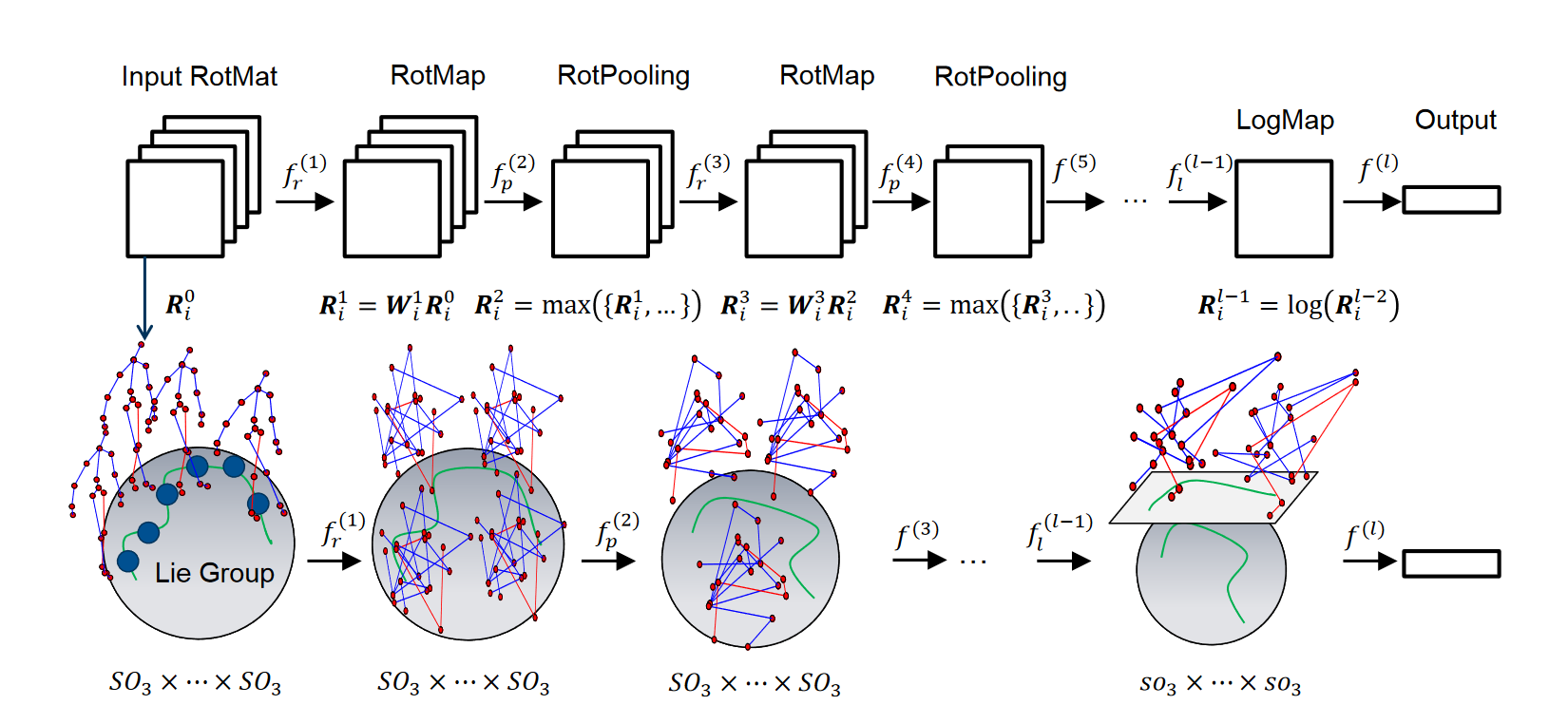
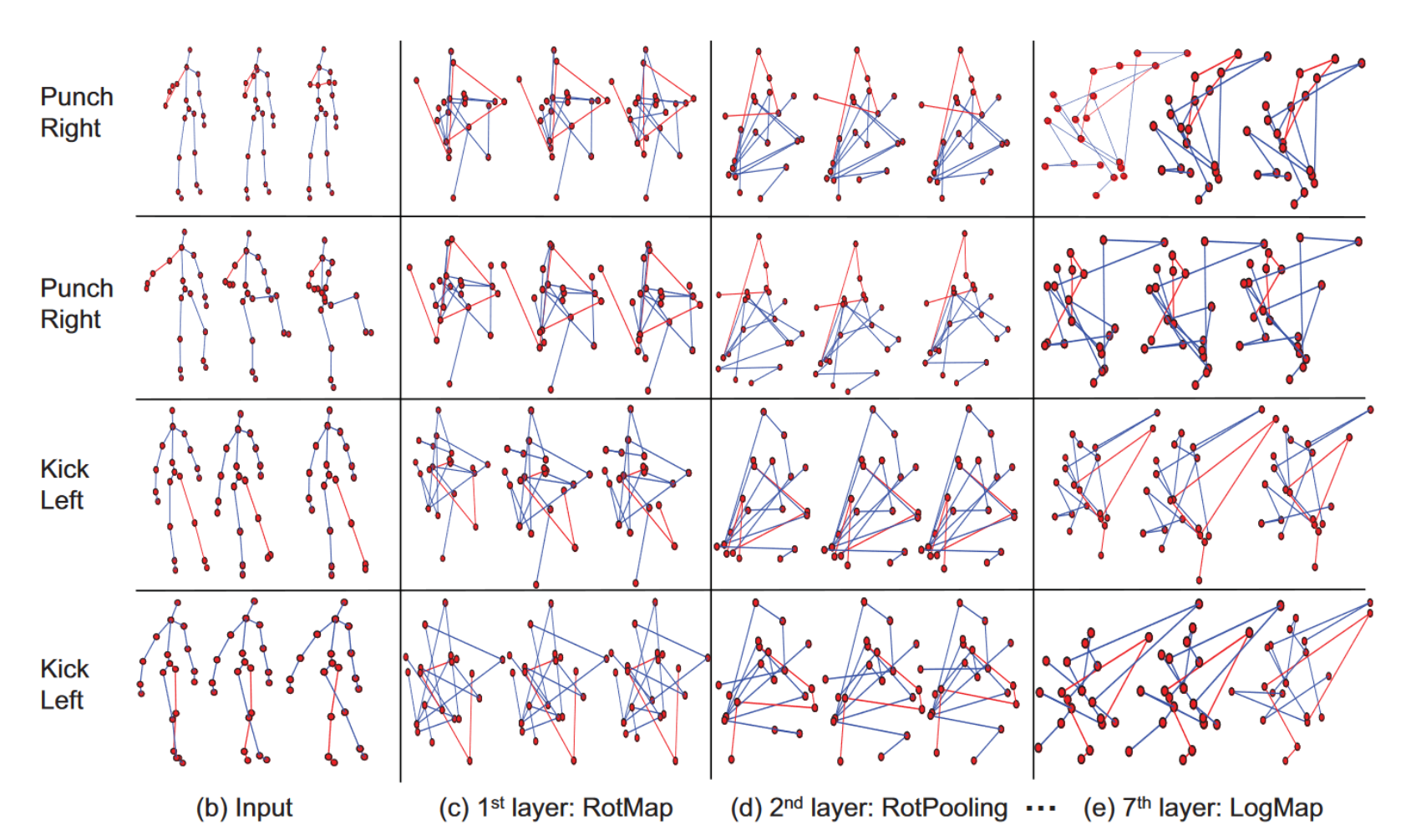
Implementation in TFGA by Hugo Hadfield
ga = GeometricAlgebra([1, 1, 1]) model = Sequential([ TensorToGeometric(ga, blade_indices=[6, 5, 4, 0]), RotMap(ga, use_bias=False), LogMap(ga), Flatten(), ReLU(), Dense(units=20), Softmax(axis=-1) ])
Train model on dataset (Pose-sequence → Action)
model.compile( optimizer="Adam", loss="sparse_categorical_crossentropy", metrics=["sparse_categorical_accuracy"] ) model.fit( x=inputs_train, y=labels_train, validation_data=(inputs_test, labels_test), epochs=100 )
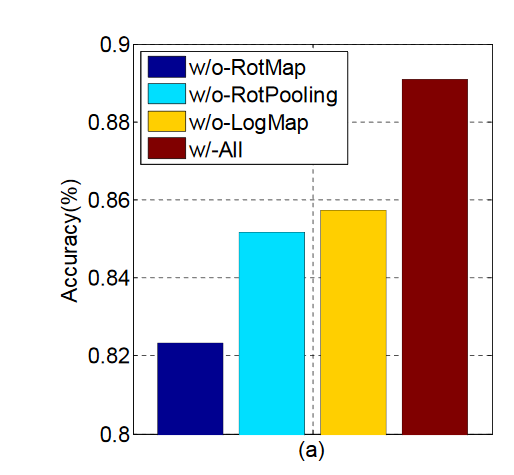
Results
- Relatively easy and quick to implement using TFGA
- Accuracy verified
- But: outperformed by simple Dense ReLU NN (~90% accuracy)
6.2 Joint Transform Estimation
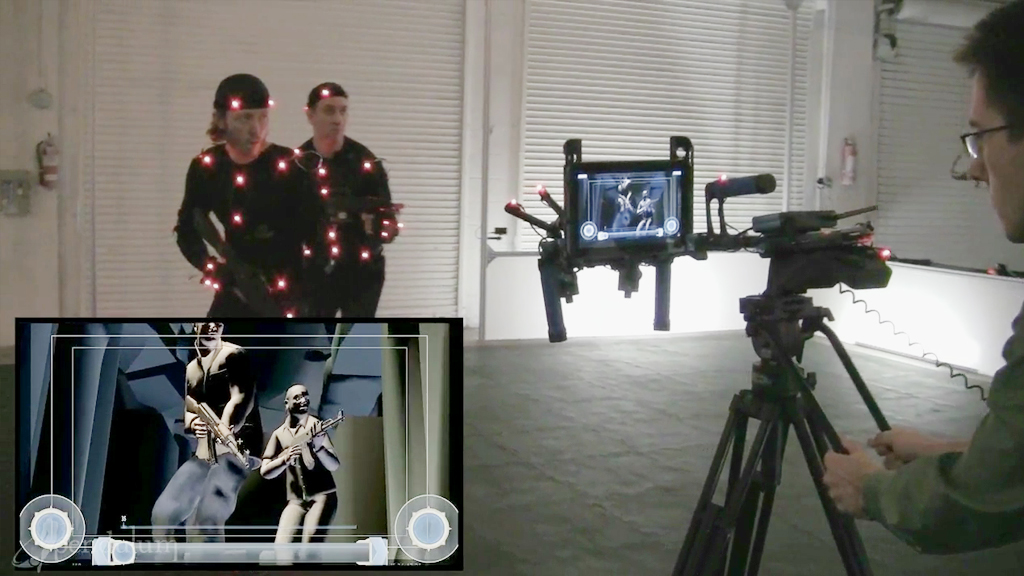
https://www.phasespace.com/applications/3dcharactercreation/
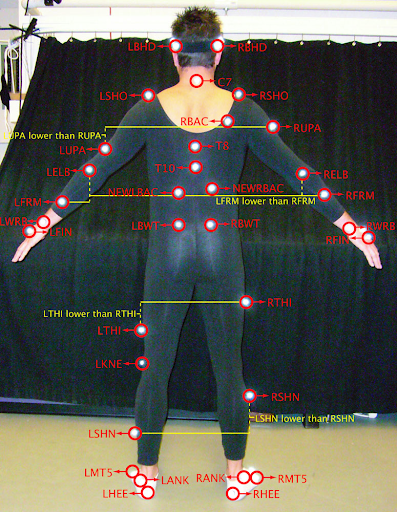
- Data: extract frames from CMU MoCap dataset
- Each joint has position and rotation
- Representation: Motors in 3D-PGA
- Task: given 6 joints' transforms, predict other 31 joints' transforms
- Compare Dense GA NN vs Standard Dense NN
Data and Ganja.js visualization: Steven De Keninck
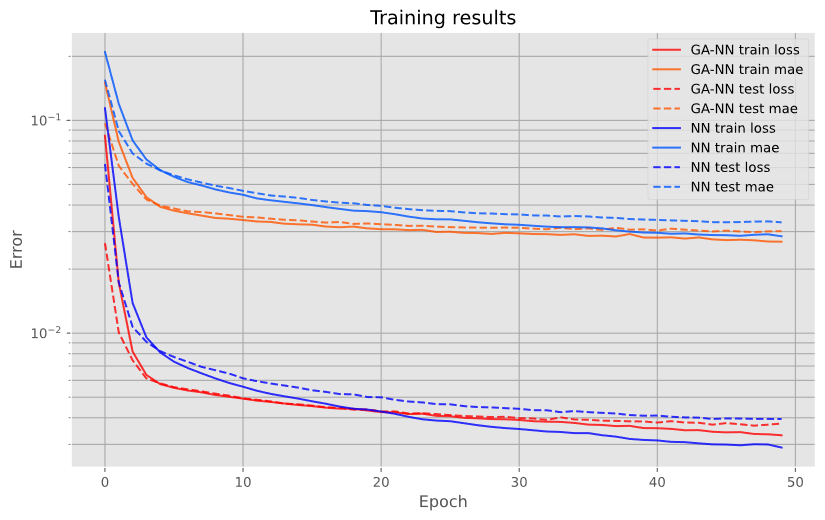
Results
- GA NN converges quicker, but might just be due to initialization
- Both converge to same test error
6.3 Lattice QFT
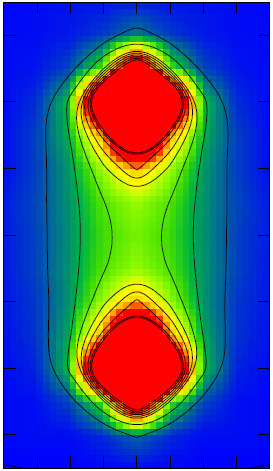
LQED(X)=⟨ℏ(∇ψ(X))γ2γ1γ3˜ψ(X)−eA(X)ψ(X)γ0˜ψ(X)−mψ(X)˜ψ(X)⟩0
Action S=∫XL(X)dX
- Many cells, many parallel calculations, perfect for TensorFlow
- TensorFlow Probability provides MCMC samplers (or variational inference) needed for lattice QFT
sta = tfga.GeometricAlgebra([1, -1, -1, -1]) def get_mass_term(psi, electron_mass): return (electron_mass * sta.geom_prod(psi, sta.reversion(psi) )
def get_interaction_term(psi, a, electron_charge): return sta.geom_prod( electron_charge * a, sta.geom_prod( psi, sta.geom_prod(sta.e0, sta.reversion(psi)) ) )
def get_momentum_term(psi, spacing, hbar): dt_psi = finite_differences(psi, axis=0, spacing=spacing) dx_psi = finite_differences(psi, axis=1, spacing=spacing) dy_psi = finite_differences(psi, axis=2, spacing=spacing) dz_psi = finite_differences(psi, axis=3, spacing=spacing) d_psi = dt_psi + dx_psi + dy_psi + dz_psi return sta.geom_prod( hbar * d_psi, sta.geom_prod(sta.e213, sta.reversion(psi)) )
Sum cells' L to get Action S
def get_action(psi, a, electron_charge): mass_term = get_mass_term(psi=psi, electron_mass=electron_mass) int_term = get_interaction_term(psi=psi, a=a, electron_charge=electron_charge) mom_term = get_momentum_term(psi=psi, spacing=spacing, hbar=hbar) # Sum terms and get scalar part lagrangians = (mom_term - mass_term - int_term)[..., 0] return tf.reduce_sum(lagrangians)
7. Conclusion and Future work
Conclusion
- Fast implementation of GA on GPUs
- Easy to implement GA NNs with TFGA
- Also usable for other high-dimensional problems
Future work
- Exploit sparsity in GPU-friendly way (AST-rewrite / metaprogramming?)
- Custom CUDA kernels for GA operations
- Improve API consistency (eg. blade arguments)
- More layers, more operations, ...
- Explore and implement more applications
Questions
My email: tora@warlock.ai
TFGA TensorFlow-based framework for Geometric Algebra